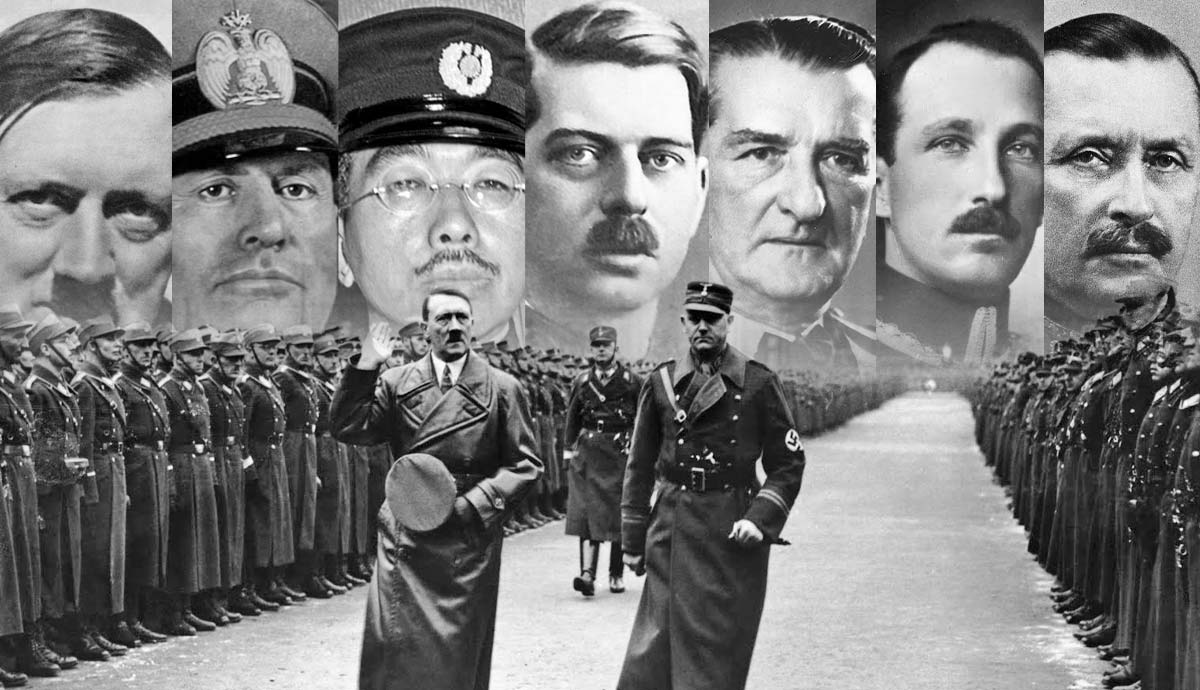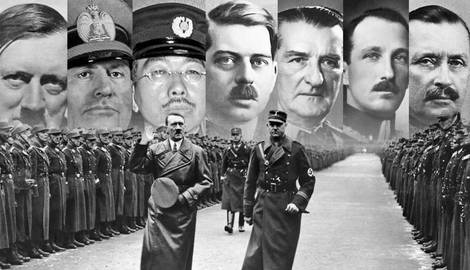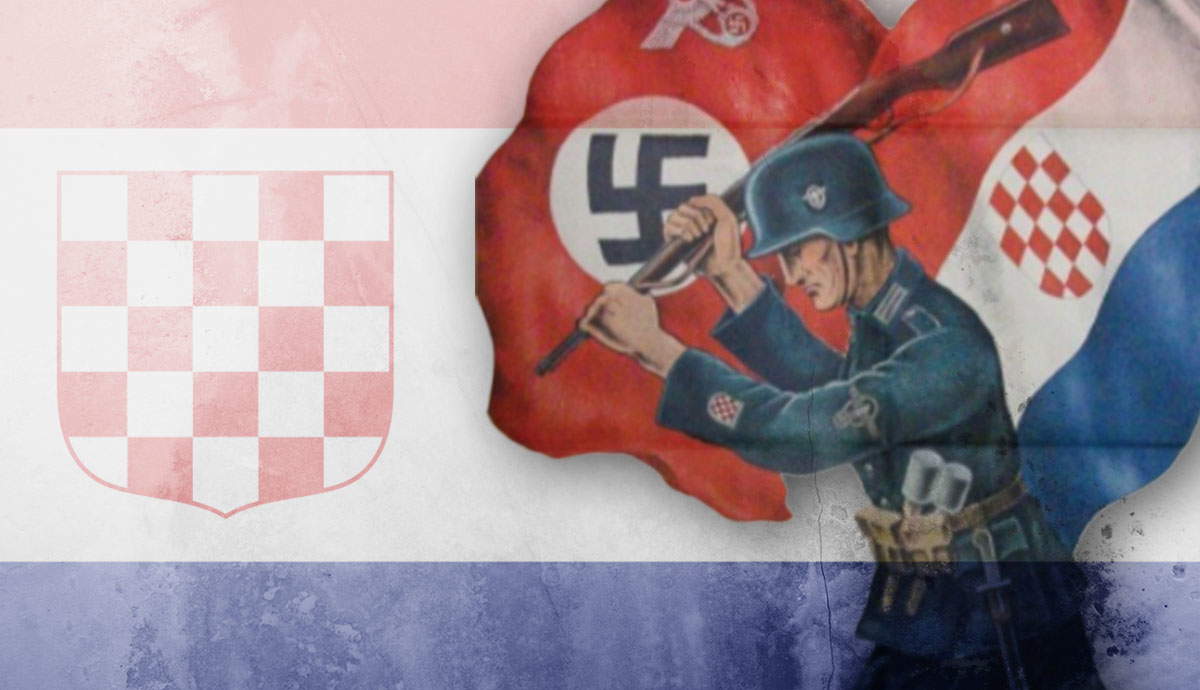
Students reading World War II history associate Germany, Japan, and Italy as “The Axis.” However, Romania, Hungary, Bulgaria, Slovakia, and Croatia were other Axis nations that received far less attention. Whether coerced, gullible, or already Fascist, they became members of the Axis Powers. Mussolini coined the term for what became the Axis in November 1936, stating, “This is an axis for European States may collaborate on troubles.”
Germany: The Hardcore Center

Hitler’s Germany, an initial signer of the Berlin-Rome pact later known as the Axis, became the Axis’ military, political, and industrial heart. Germany joined over post-Great War resentment to regain lost territory and expand eastward. Hitler’s confidence spiked after bluffs and early military victories gave Germany control over much of Europe. Germany gained resources like oil from Romania and grain from occupied Ukraine and expanded industrial output. By 1945, though, defeat loomed. The cost? Five million soldiers dead, a wrecked economy, bombed out cities, and a split into two countries.
Italy: Mussolini’s Gamble

As the other original Axis power, Italy gained German military and political support. That achieved, Mussolini sought to recreate the Roman Empire. Mussolini added Albania and southern France to Italy’s colonies, including Libya and Ethiopia. Later, Italy contributed considerable troops to Operation Barbarossa at Germany’s request. By 1943, Mussolini’s Axis gamble had failed. First, all North Africa was lost to the Allies, and Italy invaded, becoming a battlefield. A coup ousted Mussolini in July 1943. A total of 300,000 Italian soldiers died in battle from Russia to North Africa.
Japan: Asian Empire

Japan joined the Axis in 1940, securing its dominance in Asia. With that assurance, Japan expanded its war past China into the Pacific. The Land of the Rising Sun possessed few natural resources like oil or food crops. Coupled with international sanctions from the China war, Japan felt constrained by Great Britain and the United States. By 1942, Japan’s stunning victories had acquired the desired resources and territory. The long war gradually crushed Japan. The country lost over two million soldiers, suffered not one but two atomic bombings and a postwar American occupation, and all territories lost.
Romania: Axis Oil

Romania had complex reasons for joining the Axis Powers. Fear of domination by Germany or the USSR was primary. The Soviets struck first, seizing territory, which pushed the Romanians towards Germany. The royalist government hoped to regain those territories. Also, Romania depended on Germany, with thirty percent of exports heading there. Germany desperately needed Romania’s oil supplies and later armies for Operation Barbarossa.
Axis membership became a poor decision by 1944. The Soviet’s Red Army invaded, having taken the initiative from Germany, defeating Axis forces continuously since late 1942. Romania surrendered on August 23, 1944, with half the country lost. Romania next became a Soviet satellite.
Hungary: Steadfast Ally

Hungary’s entry as an Axis partner should have come as no surprise. Lingering frustration from World War I simmered as it lost two-thirds of pre-WWW I territory. Hungary also had strong economic ties, and its authoritarian government under Admiral Horthy created support for joining the Axis.
Hungary regained some territory lost after World War from Slovakia and Romania. It contributed troops to Operation Barbarossa, helping capture large swathes of land. Any gains were eliminated by late 1944 when the Red Army invaded Hungary surrendered on February 13, 1945. Besides thousands of dead soldiers and civilians, Soviet occupation, and a destroyed capital city, Hungary’s Jewish population was decimated.
Bulgaria: Reluctant Partner

Of all the Axis countries, Bulgaria was the only reluctant signatory. Like others, it lost territory to Greece and Yugoslavia after World War I. Under German pressure, its government under King Boris II joined. German forces in Bulgaria invaded Greece and the USSR in 1941. The Bulgarian army was never used by the Germans either. Yet, as an Axis member, Bulgaria sealed its fate. By 1943, Allied bombers struck regularly. Next, the Soviets invaded, overrunning the country, and became a Soviet satellite during the Cold War.
Finland: Just a Belligerent

Finland did not join the Axis, but aligned with Germany. Thus, Finland fought with Germany but only to recover Soviet-annexed territory – Finnish troops never invaded Russia. The Finns crushed the Red Army in the 1939 Winter War using superior tactics and mobility. The Red Army cracked Finnish defenses in 1944, forcing an armistice. At least 200,000 died, Finland lost additional territory, and forcibly kicked out the Germans. The Axis had two goals: recover or take territory lost after World War I, and defeat Communism. Germany and Italy typically used fear or intimidation on reluctant countries (Bulgaria). By 1945, all the Axis powers lay in ruins, with millions dead and occupied by Allied powers.










